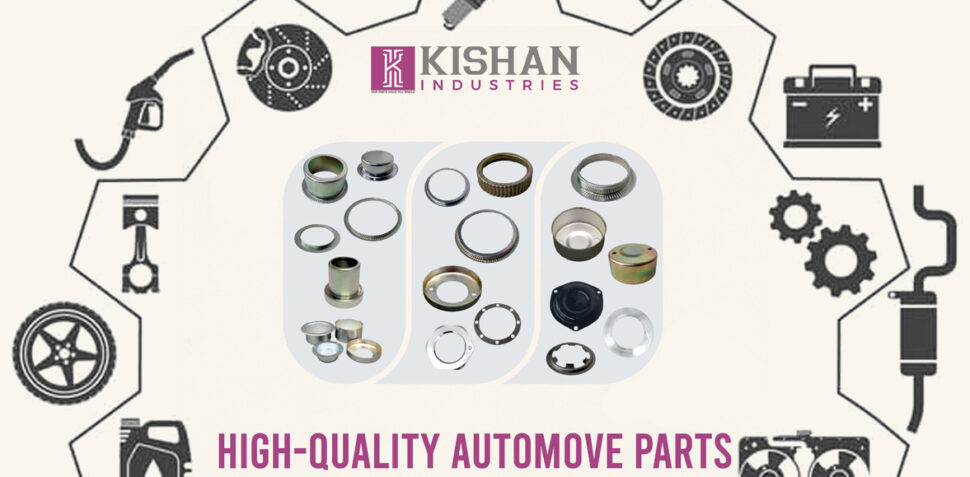Whether you’re a vehicle owner, an aspiring car enthusiast, or simply curious about how cars work, understanding automotive parts and their functions is essential.
In this guide, we will delve into the various components that make a vehicle and explore their crucial roles in keeping your car running smoothly. From the engine to the brakes, suspension, electrical system, and more, we will shed light on the functions and importance of these parts in maintaining optimal performance and ensuring your safety on the road.

Things to look for
Understanding automotive parts and their functions is crucial for vehicle owners and enthusiasts alike. It allows you to maintain your vehicle, troubleshoot problems, and make informed decisions when it comes to repairs and upgrades. In this comprehensive guide, we will explore some of the essential automotive parts, their functions, and their importance in keeping your vehicle running smoothly.
So, let’s embark on this journey of automotive knowledge and gain a deeper understanding of the intricate systems that power our vehicles!
- Engine
The engine is the heart of a vehicle. It converts fuel into mechanical energy, powering the vehicle’s movement. It consists of various components such as pistons, cylinders, crankshaft, camshaft, valves, and fuel injection systems. Proper maintenance and regular check-ups are vital to ensure optimal engine performance.
- Transmission
The transmission transfers power from the engine to the wheels, allowing the vehicle to change speed and direction. There are two primary types of transmissions commonly found in vehicles: manual transmissions and automatic transmissions.
Manual transmissions require the driver to manually shift gears, while automatic transmissions shift gears automatically. Regular maintenance and fluid checks are essential for ensuring smooth gear changes and overall transmission health.
- Suspension System
The suspension system includes components like shocks, struts, control arms, springs, and bushings. It helps absorb shocks, maintains tire contact with the road, and provides a comfortable ride.
A well-functioning suspension system enhances stability, steering control, and overall safety. Regular inspections and timely replacement of worn-out components are necessary for optimal suspension performance.
- Braking System
The braking system is responsible for slowing down or stopping the vehicle. It includes components such as brake pads, rotors, calipers, brake lines, and the master cylinder.
Regular inspections and timely replacement of worn brake pads and rotors are crucial for maintaining effective braking performance and ensuring safety on the road.
- Fuel System
The fuel system consists of components that store, deliver, and inject fuel into the engine. It includes the fuel tank, fuel pump, fuel injectors, and fuel lines.
Proper maintenance, including regular fuel filter replacement and cleaning, ensures the fuel system operates efficiently, improving fuel economy and engine performance.
- Electrical System
The electrical system comprises the battery, alternator, starter, wiring, and various sensors. It provides electrical power to components like the ignition system, lights, audio system, and other electronic accessories.
Routine inspections, battery checks, and proper electrical system maintenance are vital for reliable vehicle operation.
- Cooling System
The cooling system prevents the engine from overheating. It consists of a radiator, water pump, thermostat, hoses, and coolant. The radiator dissipates heat, while the water pump circulates coolant throughout the engine.
Regular coolant flushes and inspections help maintain proper engine temperature, preventing damage and maximizing performance.
- Exhaust System
The exhaust system carries exhaust gases from the engine to the tailpipe, reducing noise and harmful emissions. Components include the exhaust manifold, catalytic converter, muffler, and exhaust pipes.
Regular inspections and timely replacement of worn-out components are essential for maintaining exhaust system efficiency and meeting emissions standards.
- Steering System
The steering system enables the driver to control the direction of the vehicle. Components include the steering wheel, steering column, rack, pinion (or steering gearbox), and tie rods.
Regular monitoring and right alignment adjustments are necessary to ensure precise steering control and optimal tire wear.
- Ignition System
The ignition system initiates the combustion process in the engine. It includes components such as the ignition coil, spark plugs, distributor (or ignition module), and ignition switch. Proper maintenance and periodic replacement of spark plugs and ignition components are essential for efficient fuel combustion and reliable engine performance.
Understanding these automotive parts, their functions, and the importance of regular maintenance can help you keep your vehicle in excellent condition. However, it’s important to note that this guide provides a general overview, and specific vehicles may have additional components or variations.
Always refer to your vehicle’s owner’s manual and consult with professionals for detailed information and specific maintenance requirements.
Synopsis
Finally, understanding the functions and importance of automotive parts is vital for every vehicle owner and enthusiast. By familiarizing yourself with the engine, transmission, suspension, brakes, fuel system, electrical system, cooling system, exhaust system, steering system, and ignition system, you gain the knowledge necessary to maintain your vehicle properly.
Regular inspections, maintenance, and timely replacement of worn-out components are essential for optimal performance, reliability, and safety on the road. Whether you’re troubleshooting issues, upgrading your vehicle, or simply looking to enhance your automotive knowledge, this guide has provided you with a foundation to navigate the intricate world of automotive parts.
Remember, always refer to your vehicle’s specific manual and seek professional advice for any specific concerns or requirements.





